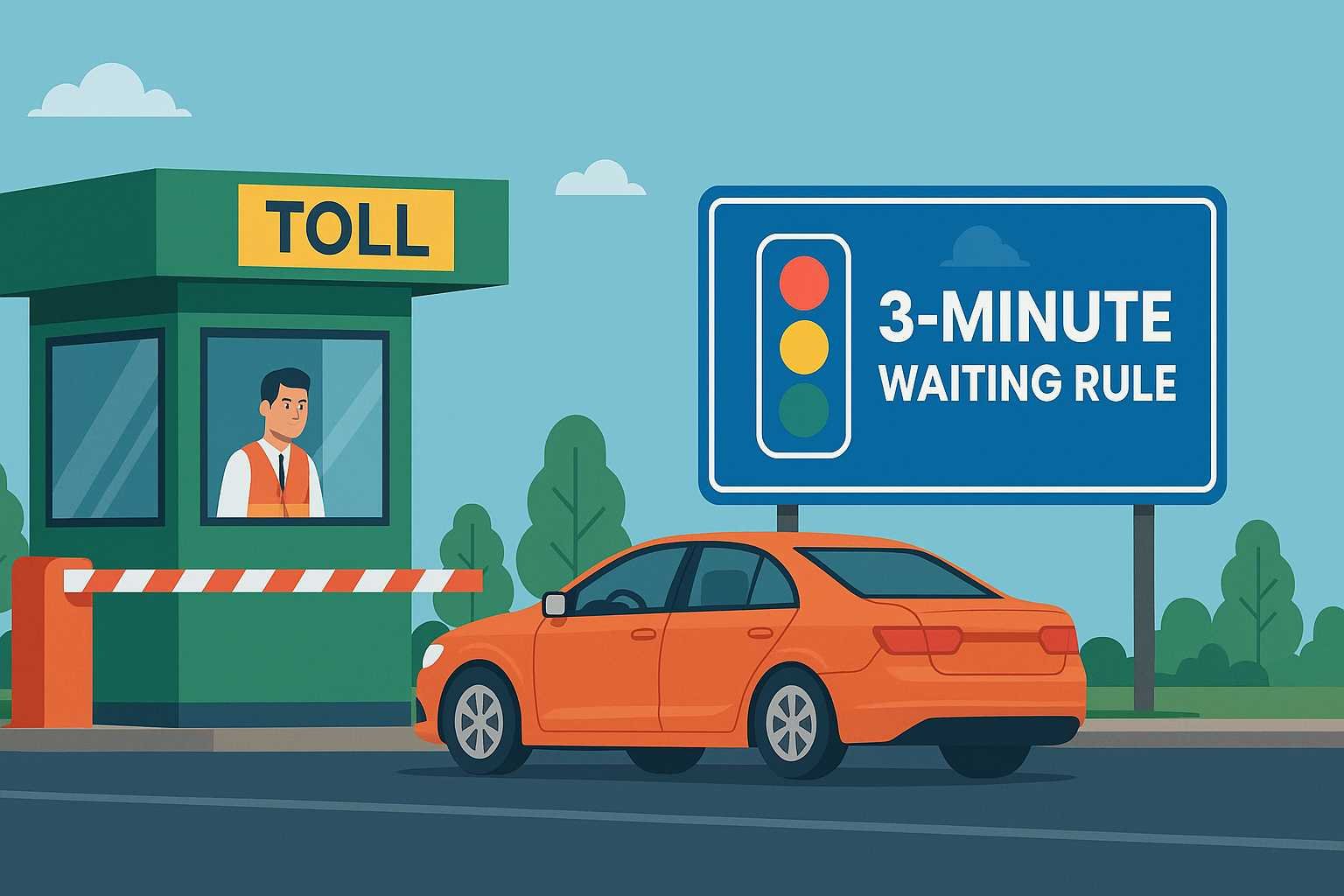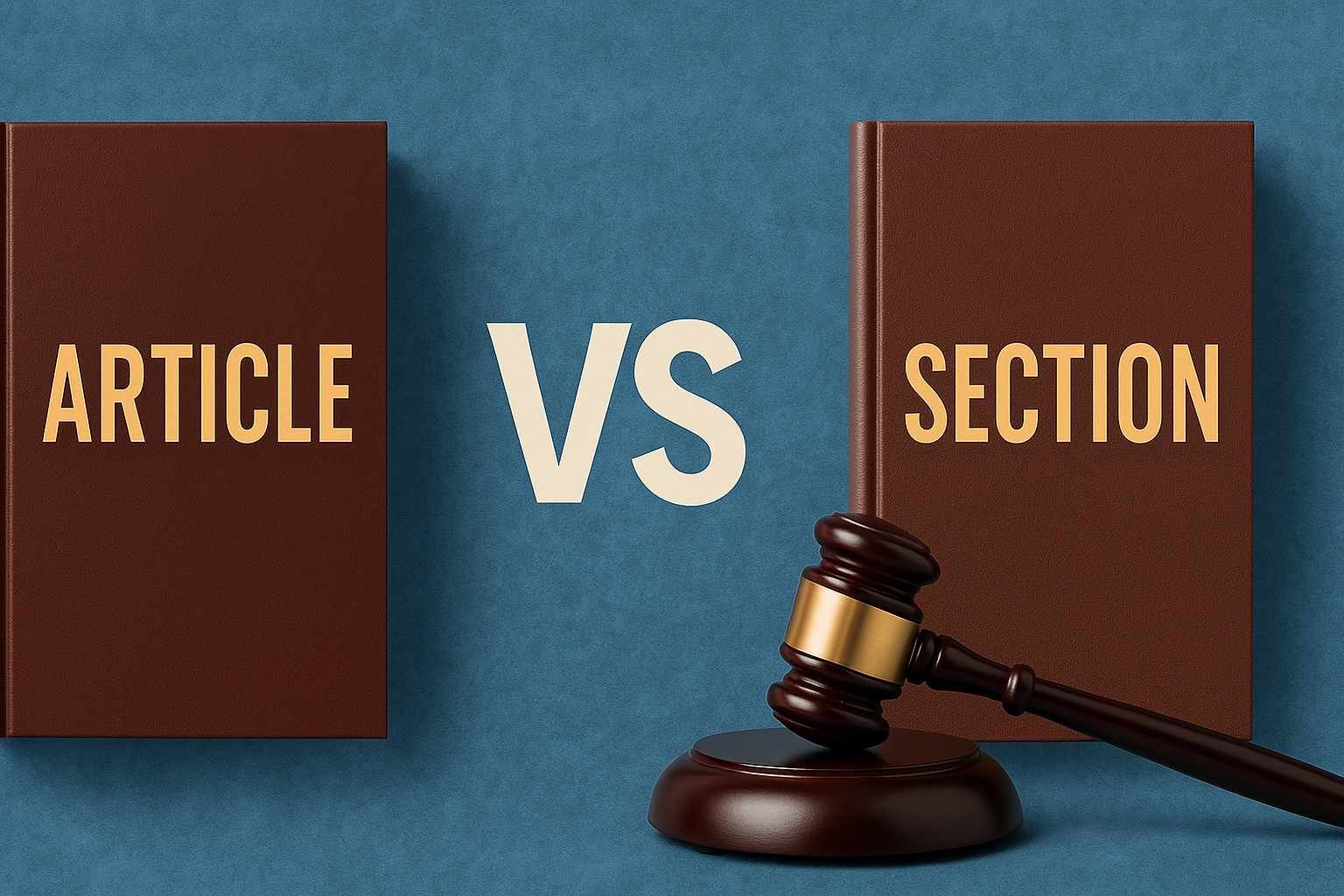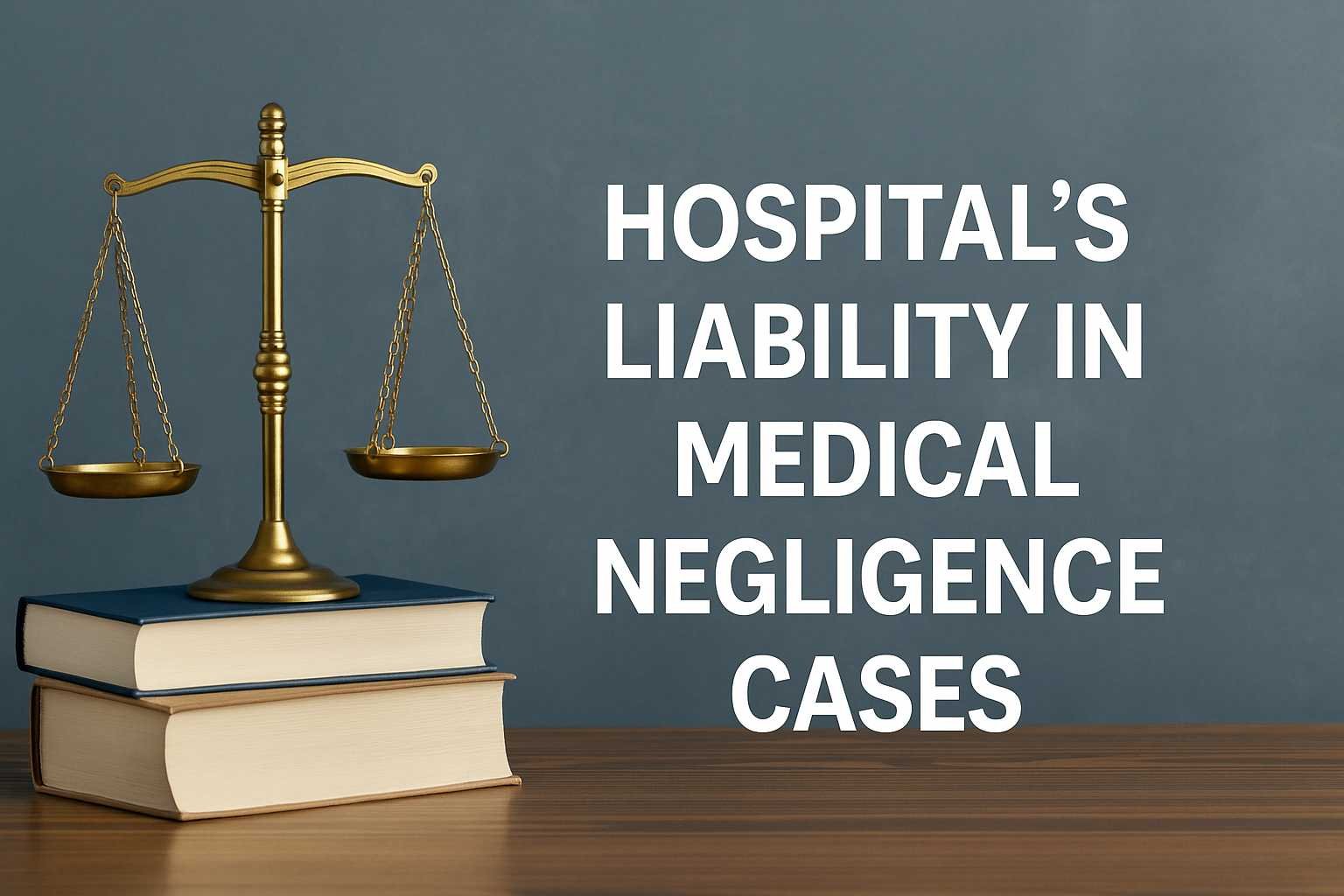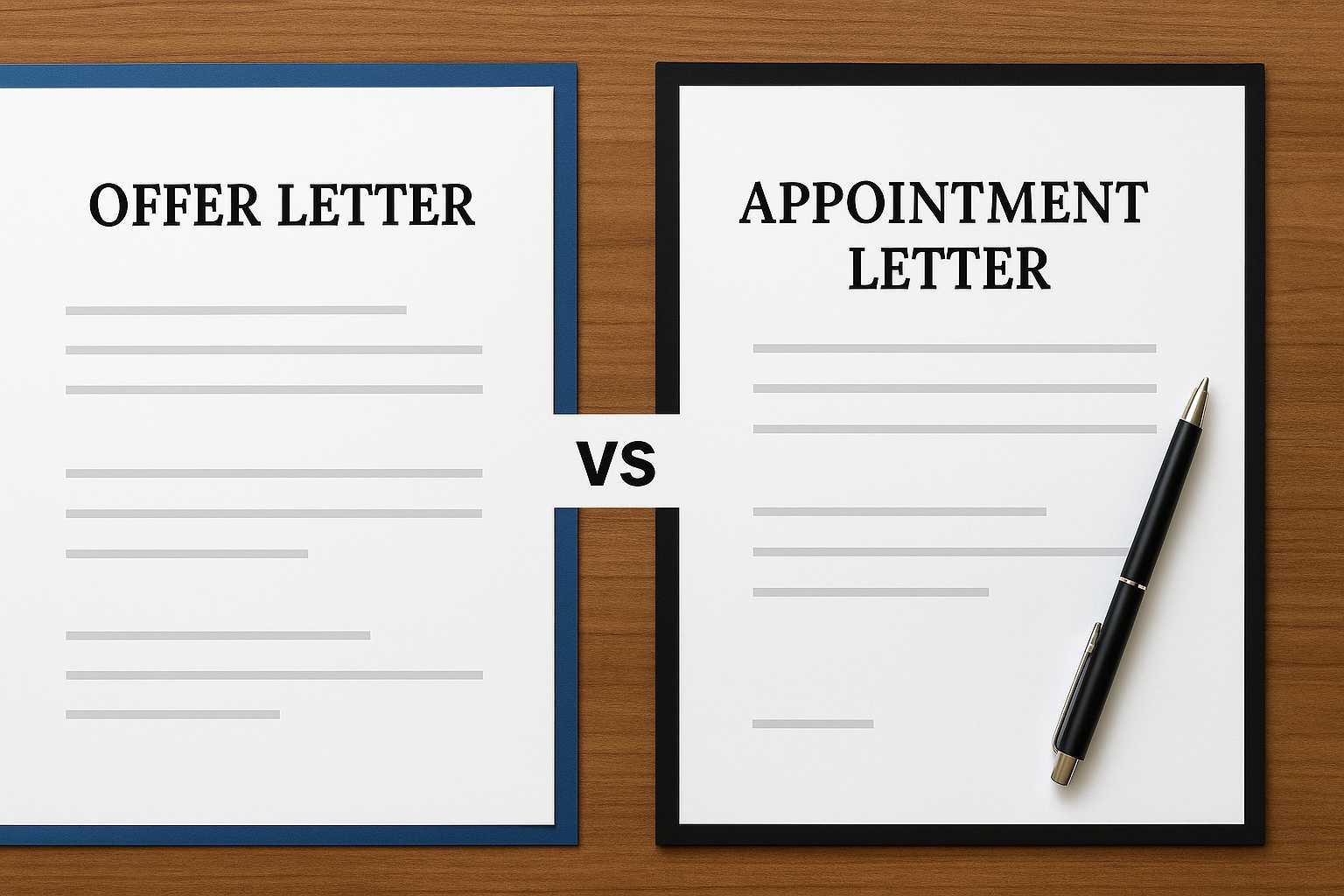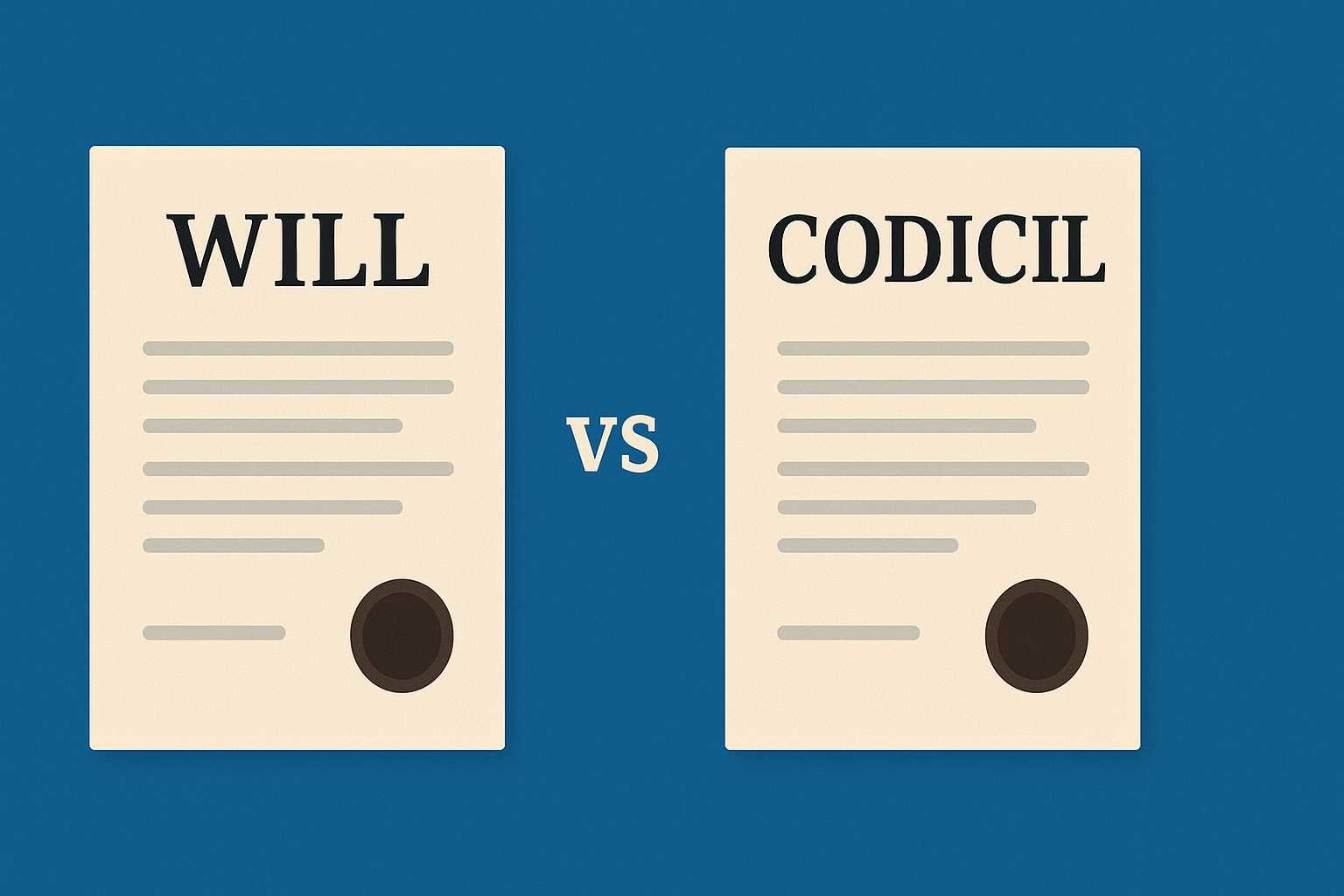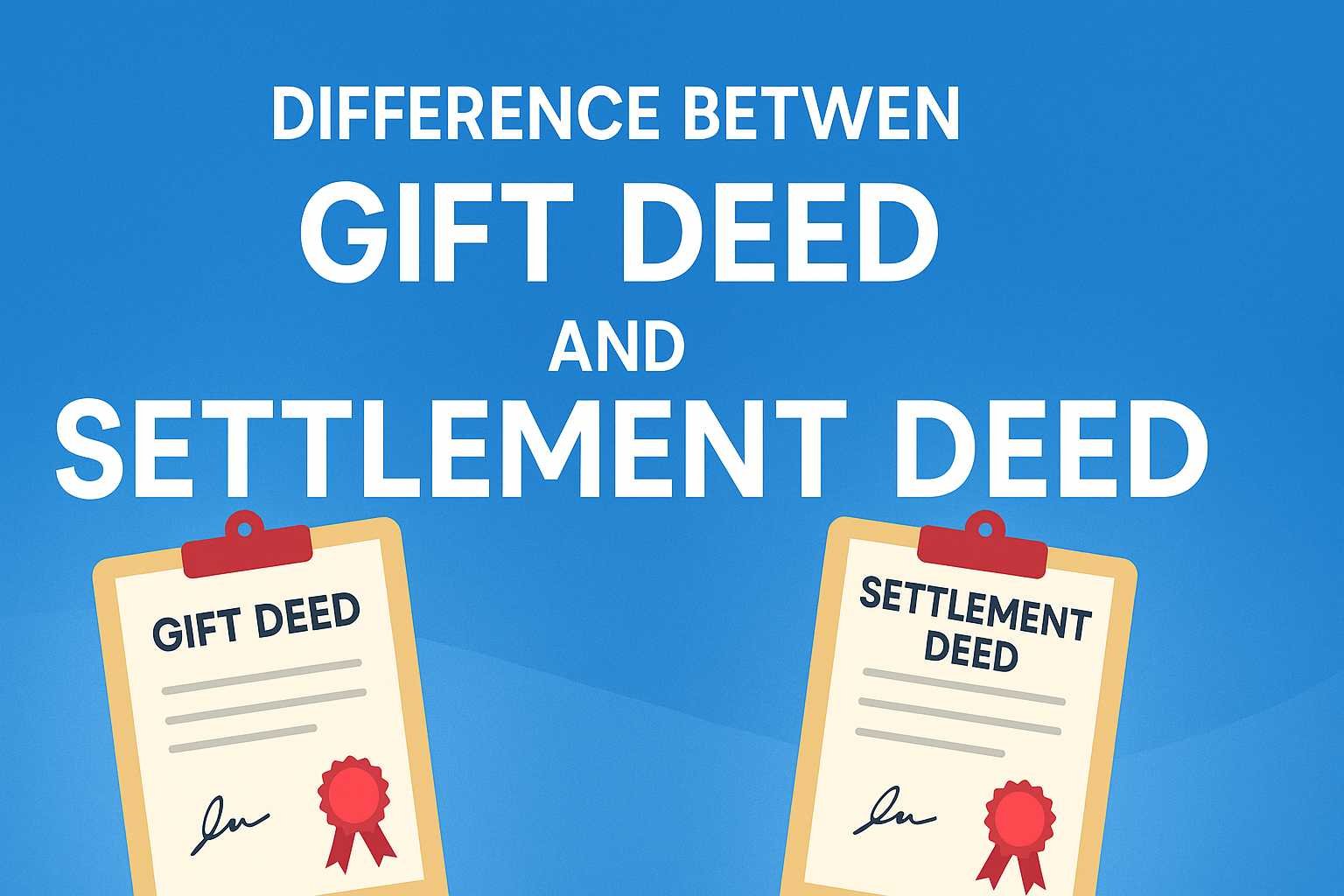On this page you will read detailed information about 3-Minute Waiting Rule at Toll Plazas on National Highways.
Anyone who travels on India’s national highways has likely experienced frustrating delays at toll plazas — long queues, slow scanners, and occasional technical glitches with FASTag. To address these concerns and ensure smoother traffic flow, the National Highways Authority of India (NHAI) introduced the “3-Minute Waiting Rule” for toll plazas.
This rule empowers motorists to avoid paying toll tax if they have been waiting in queue for more than three minutes. It’s part of the government’s larger effort to promote transparency, accountability, and efficiency on national highways.
Let’s understand the origin, purpose, legal validity, and practical implications of this rule — and how you can actually use it, if ever required.
1. Background: Why the 3-Minute Rule Was Introduced
India’s national highway network spans over 146,000 km, making it one of the largest in the world. To maintain and upgrade these roads, the government collects toll fees at designated plazas. However, congestion at toll booths has long been a major pain point for commuters.
Before FASTag became mandatory, delays at toll plazas could stretch for 10–15 minutes during peak hours. Even after the introduction of FASTag in February 2021, certain issues — like scanner downtime, payment errors, or mixed lanes — continued to slow down traffic.
To improve efficiency, the NHAI issued a directive in May 2021 under which toll operators are responsible for ensuring that no vehicle waits more than three minutes in queue at any toll lane. If waiting time exceeds that limit due to inefficiency of the operator, vehicles must be allowed to pass free of charge.
This directive, reaffirmed in subsequent MoRTH circulars (2022–2024), is popularly known as the “3-Minute Waiting Rule”.
2. What Exactly Is the 3-Minute Waiting Rule?
The 3-Minute Waiting Rule is a service-time regulation set by the National Highways Authority of India (NHAI) under its concession and operations guidelines for toll management.
Key Points:
- Maximum Waiting Time: No vehicle should have to wait for more than 3 minutes at any toll booth.
- Free Passage: If the queue takes longer than 3 minutes, or if traffic extends beyond 100 meters from the toll gate, the toll operator must open the barrier and allow vehicles to pass without payment.
- Responsibility: The onus is on the toll plaza operator, not the driver, to ensure compliance.
- Coverage: The rule applies to all toll plazas on national highways, whether managed by NHAI directly or by private concessionaires under PPP/BOT models.
- Monitoring: NHAI uses CCTV, FASTag transaction logs, and AI-based traffic monitoring systems to ensure compliance.
3. Legal and Administrative Basis
The 3-minute rule is not just an informal promise — it is backed by official policy directives and contractual obligations under NHAI’s toll operation frameworks.
(a) Source of the Rule
The directive stems from:
- NHAI’s Operational Guidelines for Fee Plazas (2013, revised in 2021).
- Letter issued by NHAI (HQ) vide Circular No. NHAI/13013/CO/2015-16/RO-Misc dated 24 May 2021.
- Supported by the National Highways Fee (Determination of Rates and Collection) Rules, 2008, under Section 8 of the National Highways Act, 1956.
These provisions collectively empower NHAI to regulate toll-collection behavior and ensure “minimum inconvenience to road users.”
(b) Government Position
The Ministry of Road Transport and Highways (MoRTH) has confirmed through official statements that:
“If there is more than 100 meters queue or waiting time beyond 3 minutes at toll plazas on national highways, vehicles must be allowed to pass without paying the toll.”
Hence, while not a “law” in the criminal or civil sense, it is an enforceable operational rule under the authority of the NHAI Act and the National Highways Fee Rules.
4. How the 3-Minute Rule Works in Practice
Let’s break down how the rule is applied on the ground.
(a) Queue Length and Waiting Time
- Toll plazas are required to maintain queue-length measurement markings at 100 meters from the booth.
- If the queue extends beyond that limit, it is assumed that the waiting time has crossed three minutes.
- In such cases, the toll operator must lift barriers and allow vehicles to move freely until congestion clears.
(b) FASTag Integration
Since FASTag is now mandatory for all vehicles (under MoRTH Notification GSR 88(E), 2021), toll payment and queue monitoring are integrated:
- Each lane records average transaction time per vehicle.
- If the system detects prolonged delay (e.g., due to scanner malfunction or heavy traffic), the control system alerts the toll supervisor.
- Operators are instructed to temporarily suspend fee collection until traffic normalizes.
(c) Penalties for Non-Compliance
While there is no direct penalty for the driver, toll plaza operators may face:
- Warnings or monetary penalties under NHAI’s concession agreements.
- Show-cause notices or suspension of license for repeated violations.
- In severe cases, termination of toll contract for breach of operational obligations.
5. Can You Actually Refuse to Pay Toll After Waiting 3 Minutes?
This is the most common question asked by motorists — and the answer is “Yes, but carefully.”
If you have waited for more than three minutes and the queue clearly exceeds 100 meters, you are legally entitled to request free passage. However, in practice, motorists should:
- Politely inform the toll operator of the rule and your right under NHAI guidelines.
- Avoid arguments or blocking lanes. Instead, ask to speak to the plaza supervisor.
- Record evidence — such as timestamped video or dashboard footage showing waiting time and queue length.
- Note down details like the plaza name, lane number, and time of incident.
- File a complaint through NHAI’s official grievance channels if denied free passage.
Complaint Options:
- NHAI Helpline: 1033 (available 24×7 for toll-related issues).
- NHAI’s Website: https://nhai.gov.in → “Public Grievance” section.
- FASTag Portal: Via your issuing bank or https://fastag.ihmcl.com
- Twitter/X Handle: @NHAI_Official or @MORTHIndia for faster redressal.
NHAI usually investigates such complaints promptly, especially if supported by photo/video evidence.
6. Technological Improvements to Reduce Waiting Time
Between 2022 and 2025, NHAI has implemented several initiatives to ensure smoother traffic movement and make the 3-minute rule redundant through automation.
Key Developments:
- 100% FASTag Compliance: As of 2025, over 98.5% of vehicles on national highways use FASTag for toll payment.
- Automatic Number Plate Recognition (ANPR): Pilot projects are active on Delhi–Mumbai and Bengaluru–Mysuru expressways for barrier-free tolling.
- GPS-Based Tolling: NHAI is transitioning towards “Pay-as-you-drive” GPS tolling (expected nationwide rollout by 2026).
- Hybrid Lanes with AI Cameras: Integrated traffic cameras detect congestion and trigger real-time alerts to toll supervisors.
- Queue-Length Display Boards: Digital signages show live waiting times to approaching vehicles.
These technologies aim to eliminate manual intervention, ensuring every driver spends less than 10 seconds per toll gate.
7. Misuse and Myths About the Rule
There are several misconceptions circulating online about the 3-minute rule. Let’s clarify:
| Myth | Reality |
|---|---|
| “If I wait 3 minutes, I can skip paying toll anytime.” | ❌ Wrong. You can skip only if delay is caused by operator inefficiency or queue beyond 100 meters, not due to your FASTag error or heavy festival rush. |
| “It applies to private roads and state highways too.” | ❌ No. It applies only to NHAI-managed national highways. |
| “I can demand money back later.” | ❌ Not applicable retroactively. The rule applies at the moment of delay, not afterward. |
| “Toll staff can be fined on the spot.” | ❌ Only NHAI can penalize concessionaires, not drivers. |
8. Why the Rule Matters
The 3-minute rule represents citizen-centric governance in infrastructure management. It ensures:
- Accountability of toll operators.
- Reduced fuel wastage and emissions from idling vehicles.
- Time savings for commuters.
- Enhanced trust in public-private partnerships.
It also aligns with the “Ease of Living” and “Digital India” goals by promoting cashless, contactless, and efficient road infrastructure.
Conclusion
The 3-Minute Waiting Rule at toll plazas is more than just a convenience measure — it’s a reflection of India’s commitment to efficient governance and citizen rights on public infrastructure.
While it doesn’t mean you can always drive through for free, it ensures that highway concessionaires maintain discipline, deploy technology, and respect the time of commuters.
As India transitions to GPS-based tolling by 2026, waiting at toll booths may soon be a thing of the past. Until then, remember your right:
If you’ve waited over 3 minutes or 100 meters, you don’t have to pay the toll — because your time matters as much as your journey.
Disclaimer
The information and services on this website are not intended to and shall not be used as legal advice. You should consult a Legal Professional for any legal or solicited advice. While we have good faith and our own independent research to every information listed on the website and do our best to ensure that the data provided is accurate. However, we do not guarantee the information provided is accurate and make no representation or warranty of any kind, express or implied, regarding the accuracy, adequacy, validity, reliability, availability, or completeness of any information on the Site. UNDER NO CIRCUMSTANCES SHALL WE HAVE ANY LIABILITY TO YOU FOR ANY LOSS OR DAMAGE OF ANY KIND INCURRED AS A RESULT OR RELIANCE ON ANY INFORMATION PROVIDED ON THE SITE. YOUR USE OF THE SITE AND YOUR RELIANCE ON ANY INFORMATION ON THE SITE IS SOLELY AT YOUR OWN RISK. Comments on this website are the sole responsibility of their writers so the accuracy, completeness, veracity, honesty, factuality and politeness of comments are not guaranteed.
So friends, today we talked about 3-Minute Waiting Rule at Toll Plazas on National Highways, hope you liked our post.
If you liked the information about 3-Minute Waiting Rule at Toll Plazas on National Highways, then definitely share this article with your friends.
Knowing about laws can make you feel super smart ! If you find value in the content you may consider joining our not for profit Legal Community ! You can ask unlimited questions on WhatsApp and get answers. You can DM or send your name & number to 8208309918 on WhatsApp

